Alright – so today we’ve got the honor of introducing you to Jordan Romig. We think you’ll enjoy our conversation, we’ve shared it below.
Jordan, thanks for taking the time to share your stories with us today Let’s kick things off with talking about how you serve the underserved, because in our view this is one of the most important things the small business community does for society – by serving those who the giant corporations ignore, small business helps create a more inclusive and just world for all of us.
Asylum is located in Logan Heights, a vibrant neighborhood rich in culture and history. Despite its significance, it is one of San Diego’s most under-resourced communities, leading to its designation as a part of the San Diego Promise Zone.
“In 2016, the San Diego Promise Zone became one of 22 federally designated Promise Zones in the United States and one of only four in California. The San Diego Promise Zone covers a 6.4-square-mile targeted area that spans East Village and Barrio Logan east to Encanto and is home to the City’s most culturally rich and ethnically diverse neighborhoods, but also some of the City’s most under-resourced communities. More than 80,000 San Diegans live in the Promise Zone, an area historically burdened by the City’s highest concentrated poverty and unemployment rates.”
– San Diego Promise Zone Overview (https://www.sandiego.gov/economic-development/san-diego-promise-zone )
This historical lack of resources has resulted in fewer opportunities for wellness, recreation, and community building. Access to activities like climbing, often located in wealthier neighborhoods, is especially limited. Many residents face financial barriers to entry, and the high cost of climbing gym memberships exacerbates the exclusion of underserved communities from the sport.
Recognizing these challenges, Asylum was created with a vision of fostering inclusivity, promoting wellness, and empowering this underserved neighborhood. From the outset, we’ve focused on growing a diverse, local climbing community by increasing awareness and accessibility. We chose this location because it offered the greatest opportunity to make an impact, and we’re committed to making climbing accessible, affordable, and welcoming for everyone.
The climbing industry has seen rapid growth, especially since climbing’s debut in the Olympics, but most gyms have catered to affluent clientele, with membership fees exceeding $100/month plus initiation costs. These gyms are also rarely located in neighborhoods like Logan Heights, reinforcing barriers to participation. We wanted to change that narrative. At Asylum, our memberships start at just $60/month, almost half the price of other gyms in the area, and we’ve implemented a “Pay What You Can” program, Climb4Community (C4C), to ensure no one is turned away due to financial constraints.
C4C is a sliding-scale membership model that allows participants to pay above or below the suggested rate based on their financial capacity. Members who pay more help subsidize the cost for those who can’t afford the full amount, creating a self-sustaining system of mutual support. Every dollar contributed above the standard rate goes into a community fund used to support climbing memberships, programs, and initiatives for individuals in need. Importantly, to eliminate any stigma, all C4C members receive the same benefits, including a free Asylum C4C t-shirt, additional guest passes each month, and a special discount on snacks and gear in our pro shop. This approach ensures that no one feels excluded based on their financial situation and helps create a space where everyone feels equally valued.
Affordability is only part of the equation. We also work to foster a sense of belonging and connection through programs and events. Every Saturday morning, we host a yoga class that is free for everyone. Throughout the year, we partner with local vendors and organizations to host events featuring free climbing, live music, and opportunities to connect with others. These initiatives create an environment where individuals of all backgrounds can come together, celebrate wellness, and build relationships.
Climbing isn’t just a sport—it’s a powerful tool for mental and physical health, community building, and personal growth. Providing affordable access in underserved areas like Logan Heights creates pathways for residents to engage with a sport they might never have considered. It also allows us to challenge industry norms and demonstrate how businesses can thrive while prioritizing inclusivity and community impact.
By addressing barriers to entry and creating an intentionally inclusive space, Asylum has become more than just a climbing gym—it’s a sanctuary for wellness, connection, and empowerment. We are proud to contribute to the revitalization of Logan Heights and to stand as a model for how climbing can serve as a bridge to uplift historically marginalized communities.
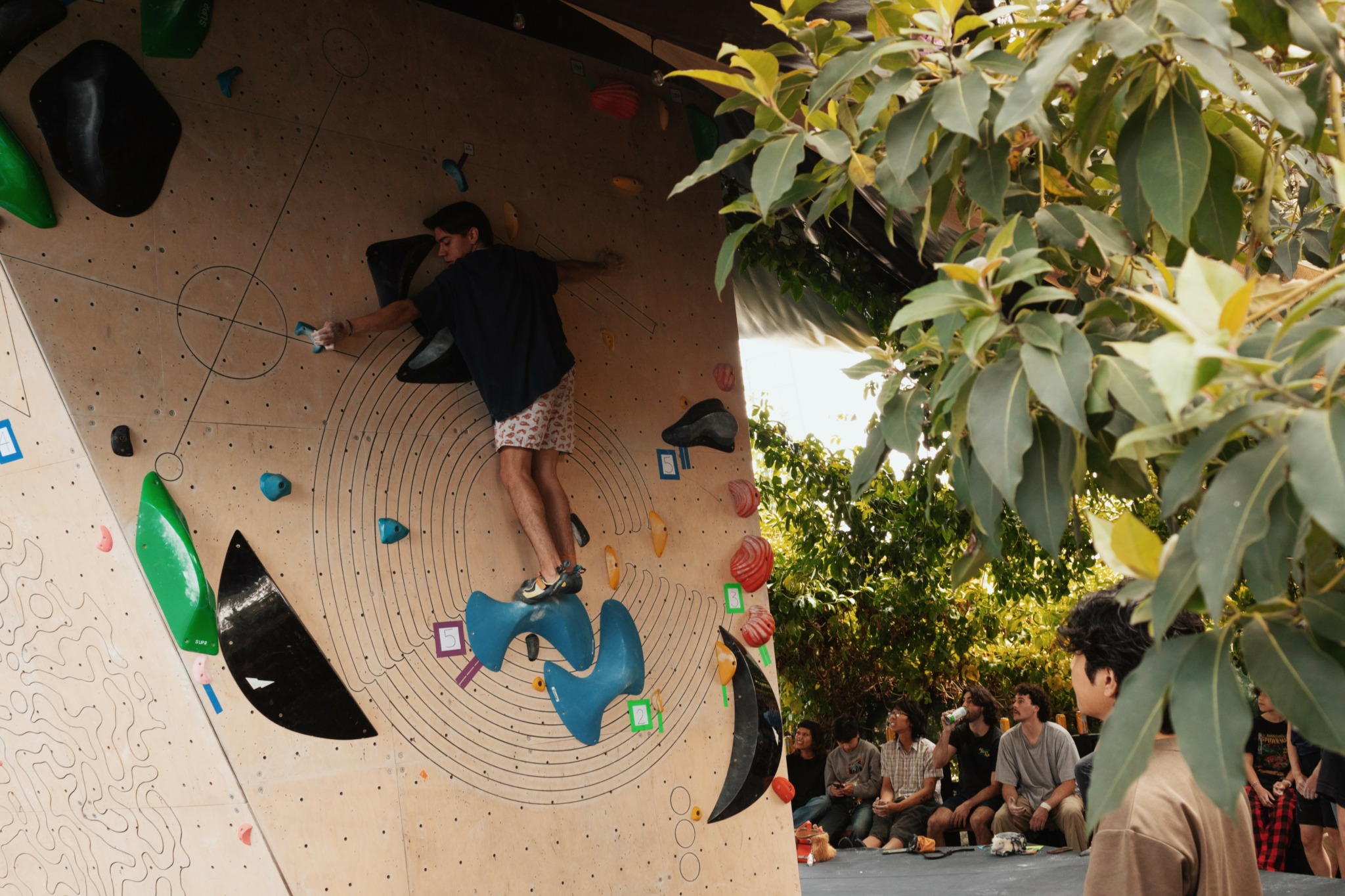
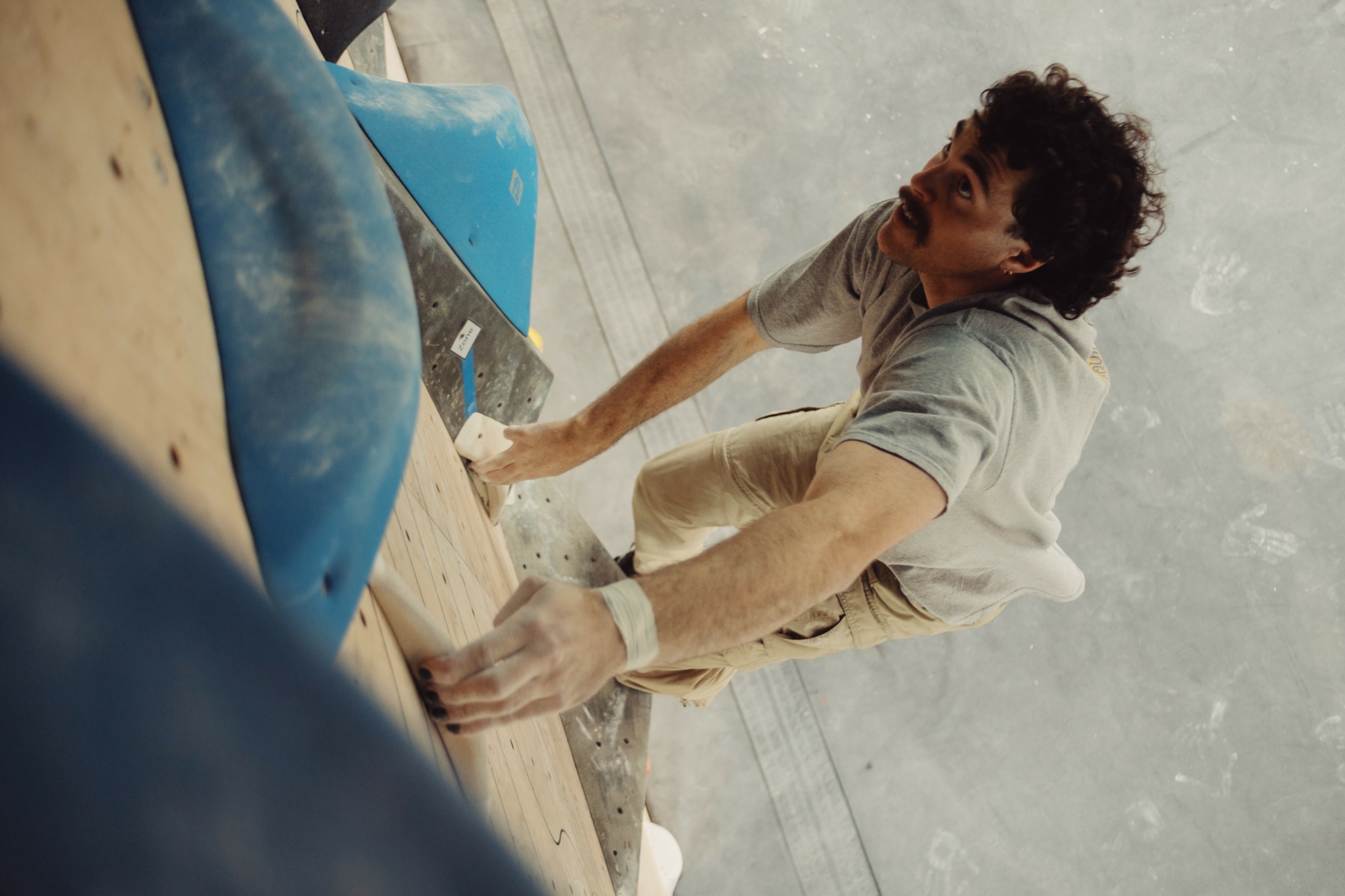
Great, appreciate you sharing that with us. Before we ask you to share more of your insights, can you take a moment to introduce yourself and how you got to where you are today to our readers.
We opened Asylum in April 2022, but the idea began years before. I’ve been passionate about climbing my whole life, competing as a kid and later transitioning into route setting and coaching. Traveling and living abroad gave me the chance to experience some of the world’s best climbing facilities, where community, culture, and outdoor climbing were seamlessly integrated. These spaces inspired me to bring something similar to San Diego—a place where climbing could be about more than just the physical sport.
I couldn’t have made Asylum a reality without my partner, Juan, an incredibly talented creative and graphic designer from Medellín, Colombia. Together, we’ve spent years refining the concept and developing a brand that reflects our shared vision: a climbing gym that’s also a sanctuary for connection, creativity, and wellness.
Today, Asylum is more than a gym—it’s a safe space where nature, wellness, art, music, and community intersect. I’m most proud of creating a welcoming, inclusive environment where everyone can challenge themselves, find connection, and feel supported. From sliding-scale memberships to free community yoga and events, we’re committed to making climbing accessible and uplifting for all.
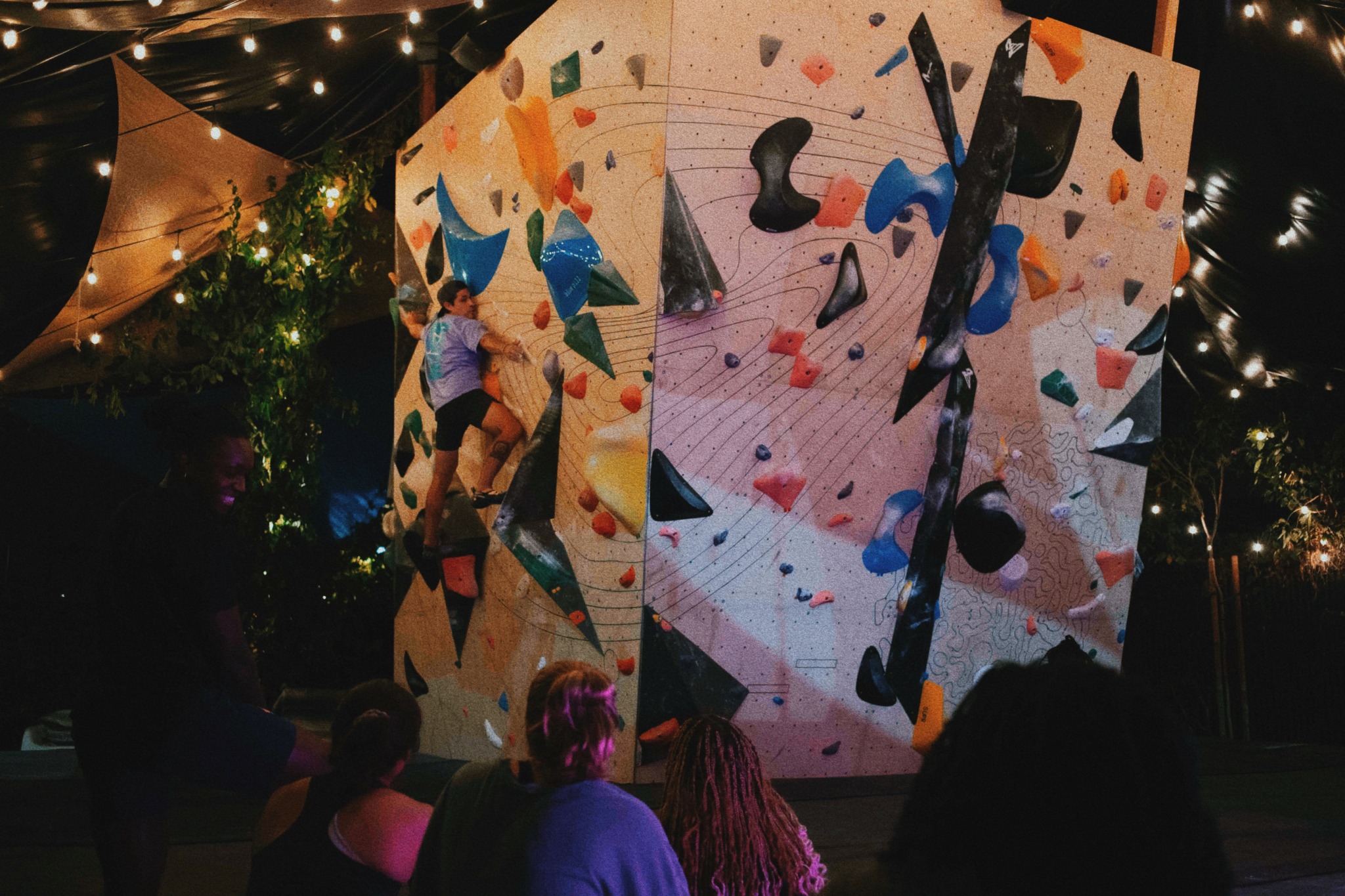
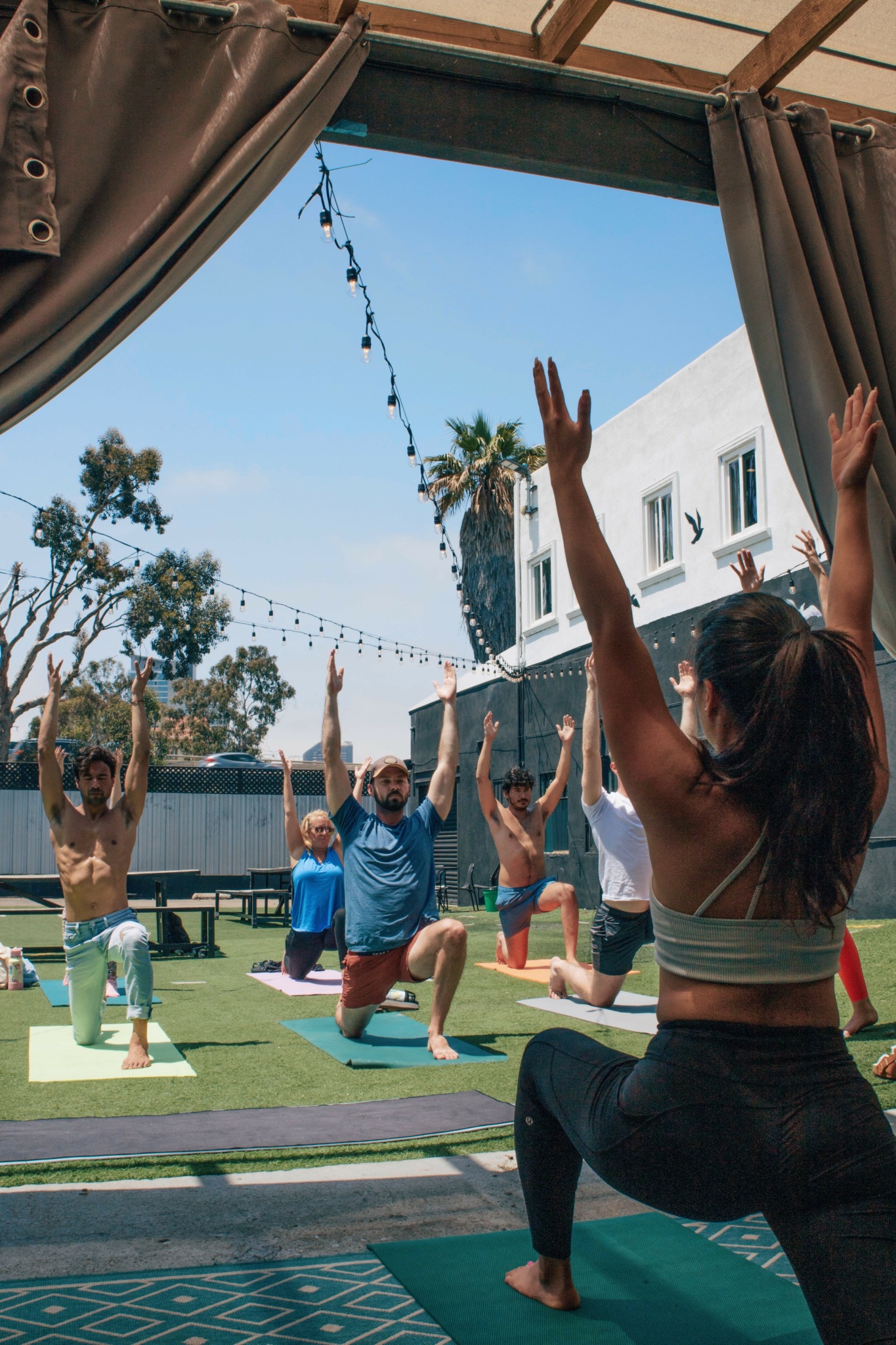
Where do you think you get most of your clients from?
One of our biggest sources of new clients comes from hosting free events. While it might seem counterintuitive for a for-profit business to offer free access, we’ve found it to be both a great way to support the community and an effective strategy for exposure. These events allow people to experience and enjoy the space, which often leads to future sales of passes and memberships.
Even on days with free or discounted entry, we still generate revenue through rental gear, food and drink sales, and merchandise. In fact, we’ve noticed that the increased volume of new clients on these days often results in higher overall earnings compared to regular days. It’s a win-win that helps us grow our community while supporting our business goals.
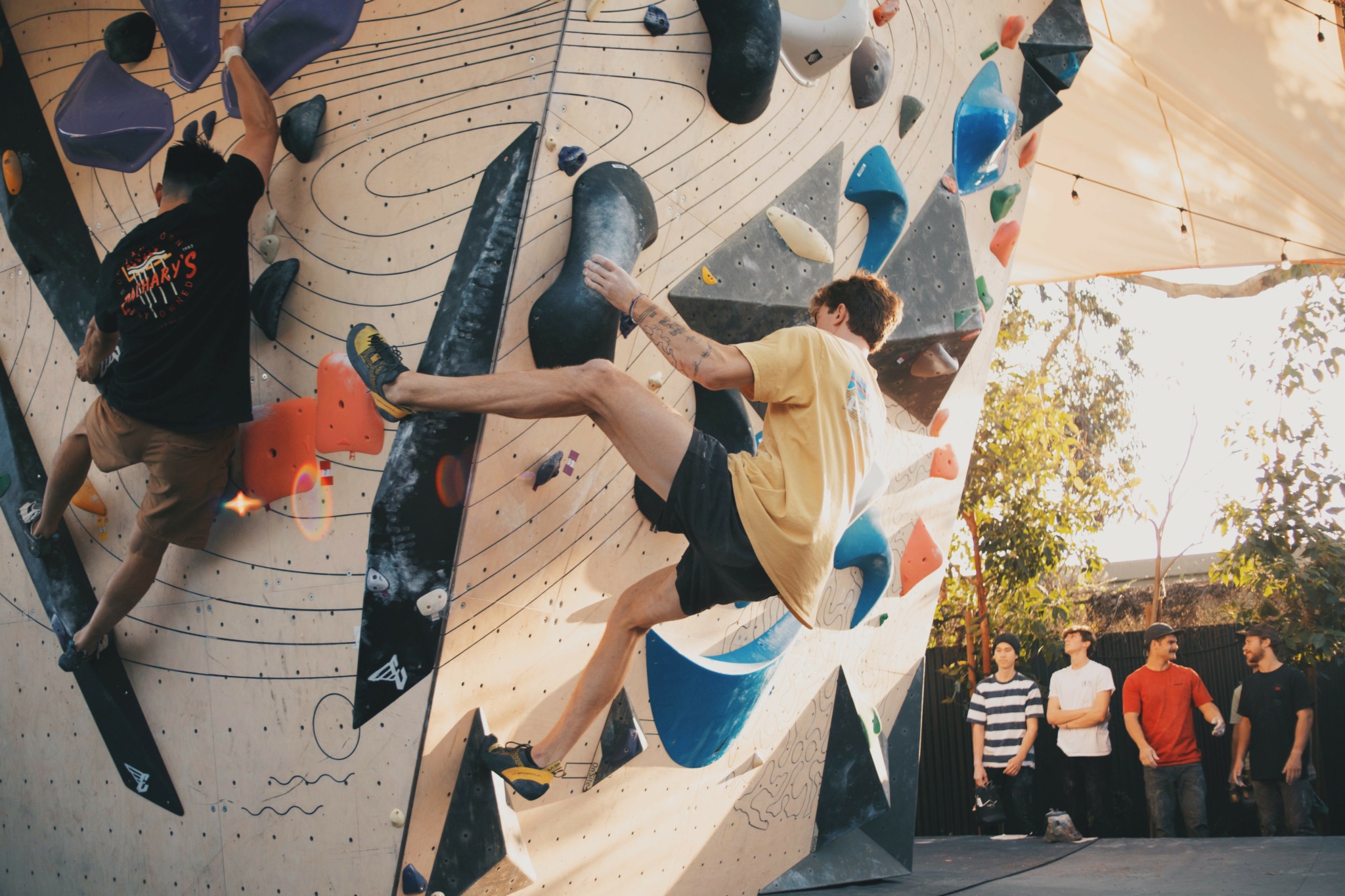

Learning and unlearning are both critical parts of growth – can you share a story of a time when you had to unlearn a lesson?
A lesson I’ve had to unlearn is that climbing doesn’t have to be about being the best. I grew up with a competitive mindset, competing in youth world championships, Panamerican championships, and a few adult world cups. When I first envisioned Asylum, my goal was to create an elite training facility. I believed that if you built a gym focused on the most dedicated athletes and worked backward, you could create an experience accessible to everyone, from beginners to seasoned climbers.
However, opening a business during COVID came with challenges, including limited resources and space. I had to let go of that initial dream and embrace what was realistic. I shifted my focus to doing big things with a smaller space, which changed my perspective entirely. I discovered a newfound love for setting easier routes, teaching beginners the fundamentals, and introducing new people to the sport.
Today, my biggest focus at Asylum is teaching movement and technique through intentional route setting that caters to every skill level, from beginner to advanced. More importantly, I’m committed to fostering an environment with immaculate vibes—a space that feels welcoming, inspiring, and fun for everyone.
Contact Info:
- Website: https://climbasylum.com
- Instagram: https://www.instagram.com/climbasylum/
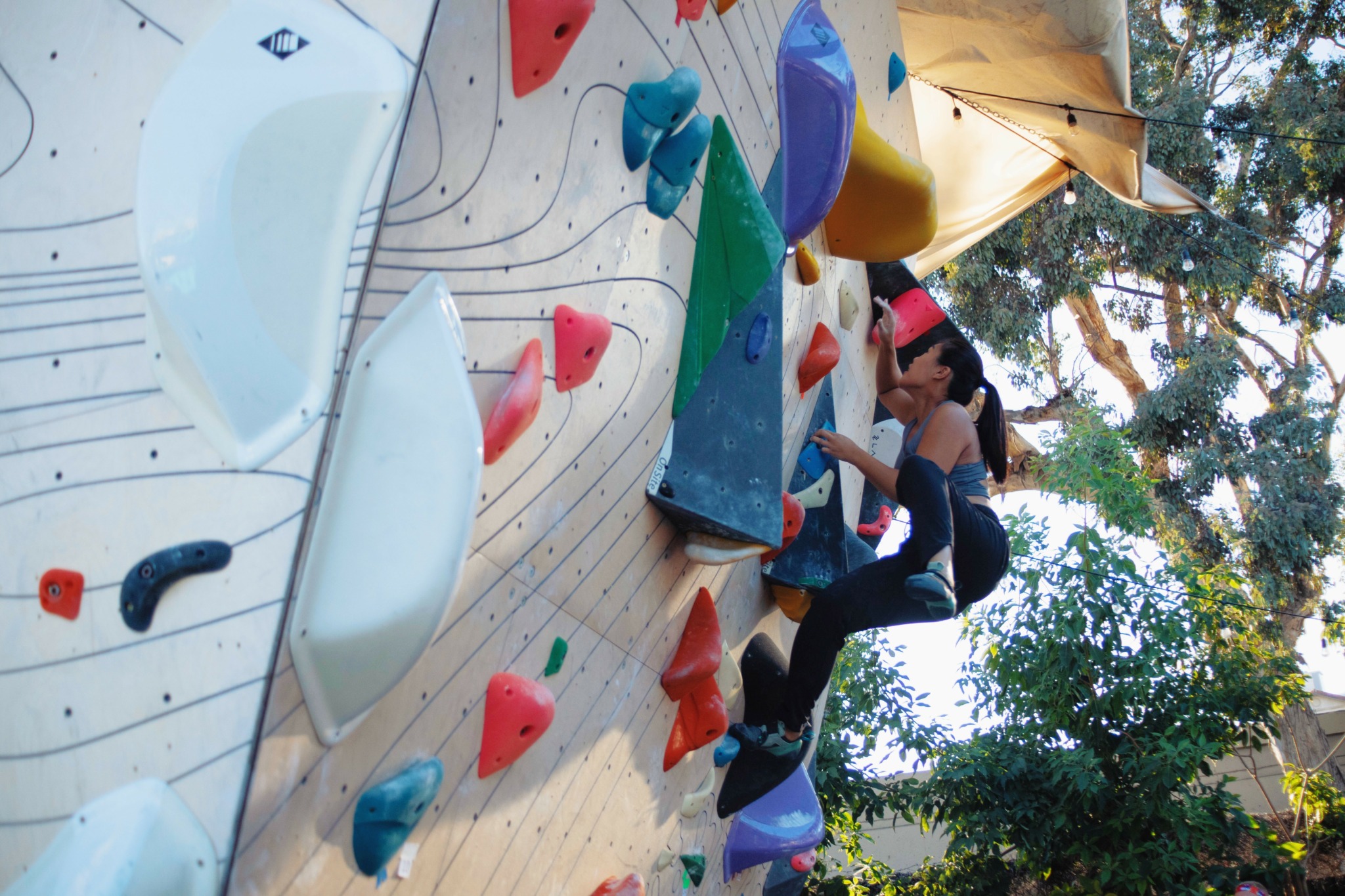

Image Credits
Juan Lobos


